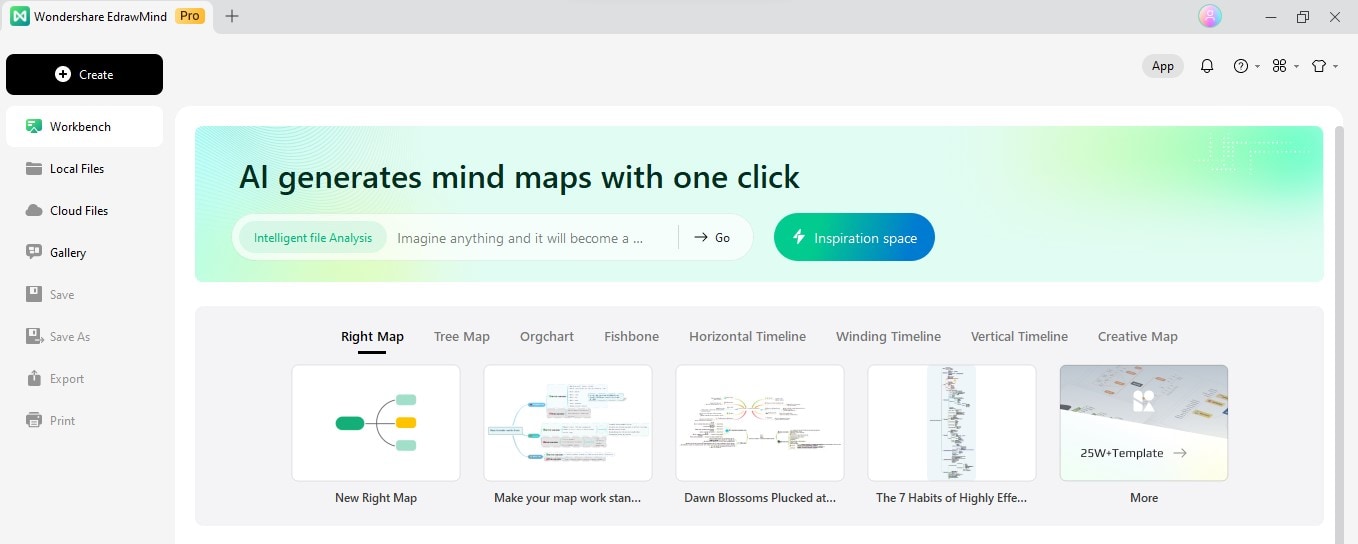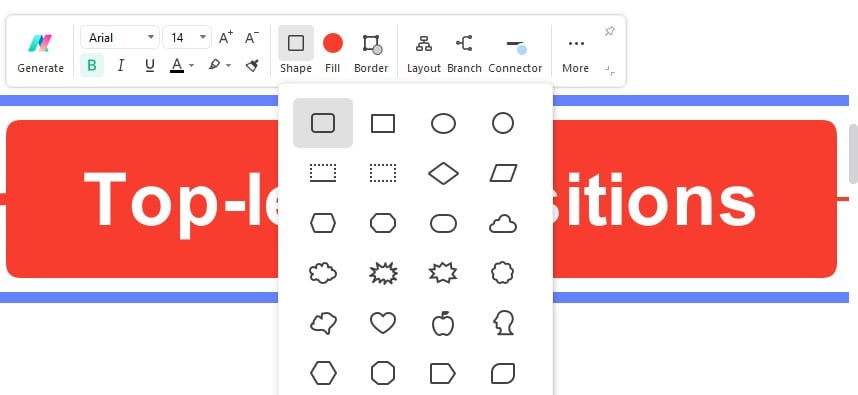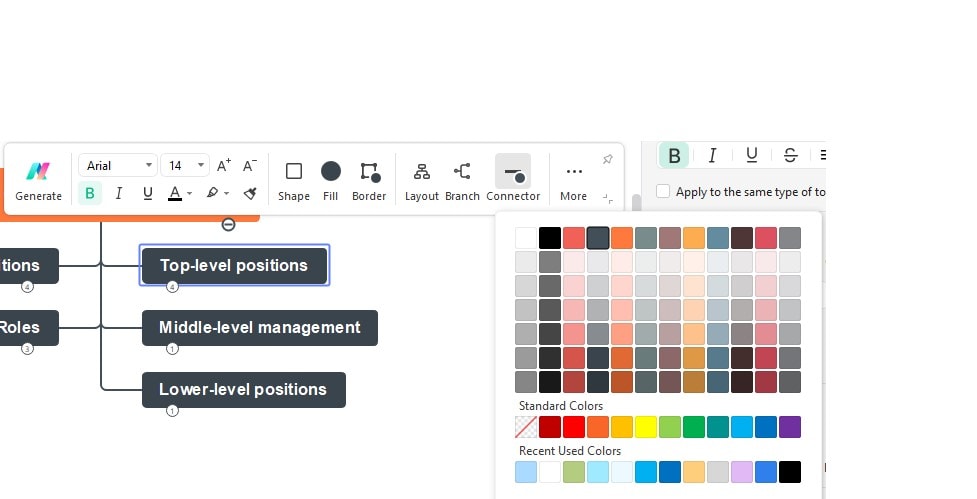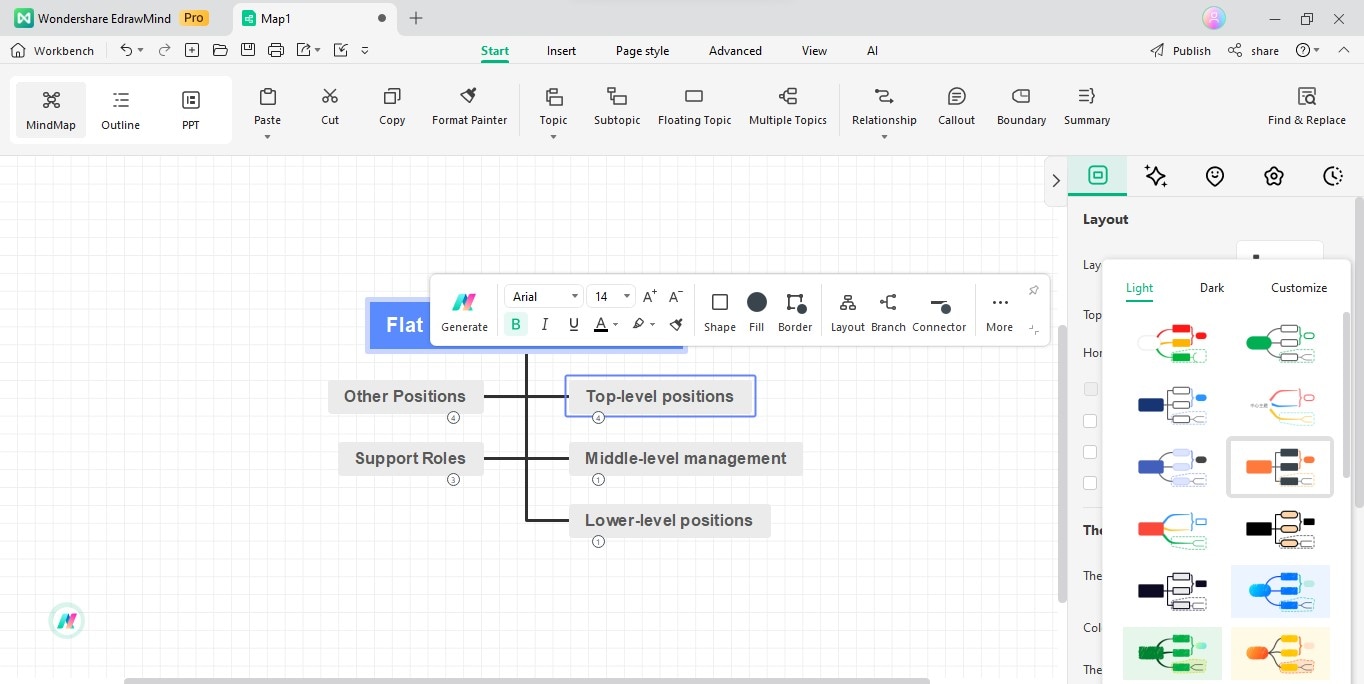Flat organizational structure examples have become a buzzword in modern business environments, representing a departure from traditional hierarchical models. The concept of a flat organizational structure has gained prominence as a revolutionary approach to organizational hierarchy. Unlike conventional pyramid-shaped structures, flat organizations are characterized by fewer hierarchical levels and a more decentralized power distribution.
The shift towards flat organizational structures reflects a recognition of the changing dynamics of the modern workplace. As we navigate the intricacies of flat organizational structures, we'll uncover some examples of a flat organization and how this innovative model challenges the status quo and lays the foundation for a more collaborative and adaptive organizational culture.
In this article
Core Characteristics of Flat Organizational Structures
Flat organizational structure examples represent a departure from the traditional hierarchical pyramid. At their core, these structures are characterized by minimal levels of hierarchy, resulting in a more horizontal and decentralized approach to organizational design. In a flat structure, the emphasis is on creating a streamlined and efficient chain of command, often with fewer layers.
Exploring Concepts
As we journey into flat organization examples, unraveling the core concepts that define their uniqueness is essential. This section serves as a compass, guiding us through the fundamental principles underpinning flat structure functionality.
- Minimal Hierarchy
- Open Communication
- Shared Decision-Making
Unlike traditional models with multiple layers of management, flat structures aim to have fewer levels, facilitating quicker decision-making and increased agility.
Flat structures prioritize open lines of communication. Team members are encouraged to freely share ideas, feedback, and information, fostering a collaborative and transparent work environment.
Decision-making is distributed across various levels, empowering employees to contribute to choices that impact their work. This inclusivity enhances employee engagement and ownership.
Advantages
Flat structures have garnered attention for their transformative impact in the evolving landscape of organizational design. This section explores the distinct advantages that make flat organizational structures examples a compelling choice for modern businesses.
- Flexibility
- Innovation
- Employee Empowerment
Flat structures are inherently more flexible, adapting swiftly to changes in the business environment. This agility allows organizations to respond promptly to market shifts and emerging opportunities.
With open communication and shared decision-making, flat structures nurture a culture of innovation. Employees are encouraged to think creatively and contribute to the organization's growth.
In a flat structure, employees often have more autonomy and responsibility. This empowerment can increase job satisfaction, motivation, and a sense of ownership.
Challenges
While flat organizational structures bring many benefits, they are not without their share of challenges. Navigating the complexities of a flatter hierarchy requires a keen understanding of the potential obstacles that may arise. This section delves into the nuanced landscape of challenges associated with flat organization examples.
- Coordination Challenges
- Limited Specialization
- Potential for Overload
Coordinating efforts across teams or departments can be more challenging with a flatter hierarchy. Effective communication becomes crucial to overcome potential coordination issues.
In some cases, flat structures may lack specialized roles or expertise, potentially impacting the depth of knowledge in certain areas.
Employees in flat structures may take on multiple roles, which could lead to burnout and decreased productivity if not managed effectively.
Real-world Examples of Flat Organizational Structures
These notable examples are beacons of innovation, reshaping traditional hierarchies to foster collaboration, agility, and employee empowerment. From e-commerce giants to healthcare pioneers, explore how these companies have practically applied and thrived with flat organizational structure examples, setting a precedent for organizational excellence.
Zappos
Zappos, the online shoe and clothing retailer, is renowned for adopting a flat organizational structure. By minimizing hierarchy, Zappos promotes open communication and swift decision-making. The company's success highlights how a flat structure fosters innovation and employee empowerment.
Valve Corporation
Valve, a prominent video game developer, operates with a flat structure that empowers employees to choose projects based on their interests. This approach showcases how a decentralized model can lead to a more dynamic and creative work environment, fostering innovation in the gaming industry.
Buurtzorg
Buurtzorg, a Dutch home care organization, is celebrated for its patient-centric care model and flat organizational structure. With self-managing teams, Buurtzorg emphasizes employee autonomy, resulting in improved patient outcomes and streamlined healthcare services.
These examples of a flat organization are not confined to a specific industry but can be successfully implemented across diverse sectors. The practical application of flat structures in these companies showcases the positive impact on communication, decision-making, and overall organizational efficiency.
Analyzing Organizational Dynamics
This section dissects specific elements within these flat organizational structure examples, unraveling the dynamics that contribute to their operational efficiency.
- Communication
- Decision-Making
- Employee Engagement
In these flat organization examples, open communication is a common thread. Flat structures promote free-flowing communication channels, breaking down barriers between employees and management. This contributes to the quick dissemination of information and ensures everyone is on the same page.
The analyzed companies showcase decentralized decision-making processes. By distributing decision-making authority among teams or individuals, these organizations achieve quicker responses to market changes and opportunities, enhancing overall agility.
Employee engagement is a prominent outcome of flat structures. With increased autonomy and involvement in decision-making, employees feel a sense of ownership and commitment to the organization's goals. This heightened engagement contributes to a positive workplace culture.
The real-world examples of Zappos, Valve Corporation, and Buurtzorg provide tangible evidence of the effectiveness of flat organizational structures examples. The analysis of organizational dynamics emphasizes the importance of open communication, decentralized decision-making, and enhanced employee engagement in achieving the benefits of flat structures.
Visualizing Flat Organizational Structures with EdrawMind
In organizational design, EdrawMind stands out as a versatile and user-friendly tool, empowering businesses to visually and easily represent flat organizational structures. EdrawMind caters to the diverse needs of organizations, offering a versatile platform for crafting visual representations of flat organizational structure examples.
EdrawMind boasts a user-friendly interface that streamlines the design process for flat organization examples. With intuitive features and a straightforward layout, beginners and experienced users find EdrawMind easy to navigate. The tool's drag-and-drop functionality, customizable templates, and real-time collaboration capabilities provide a seamless and enjoyable design experience.
Step1Launch EdrawMind

Open EdrawMind and select a new organizational chart template to initiate the creation process.
Step2Add Shapes and Elements

Utilize the intuitive drag-and-drop feature to add shapes representing different departments, teams, or individual roles. Customize these elements to match your organizational structure.
Step3Connect and Arrange

Establish reporting lines by connecting elements with EdrawMind's smart connectors. Arrange the elements to accurately reflect the flat hierarchy of your organization.
Step4Customize Appearance

Enhance the visual appeal of your chart by customizing colors, fonts, and styles. EdrawMind offers a range of customization options to align your chart with your brand identity.
Step5Include Additional Information

Add details, such as employee names and roles, within each shape. EdrawMind's flexibility allows for comprehensive information while maintaining clarity.
Review and Finalize

Take a moment to review your flat organization chart. Make any necessary adjustments and finalize your visual representation. EdrawMind's collaborative features facilitate seamless teamwork throughout the chart creation process.
With EdrawMind, organizations can transcend the complexities of organizational design, creating impactful and informative flat organizational structure charts that effectively communicate hierarchies and foster a deeper understanding of their internal dynamics.
Conclusion
Flat organizational structure examples represent a paradigm shift in business characterized by minimal hierarchy, open communication, and shared decision-making. Organizations can harness the advantages of embracing a flat hierarchy by exploring their core characteristics, such as flexibility and innovation.
Moreover, the power of visualization tools like EdrawMind emerges as a key enabler in this flat organization example transformation. EdrawMind's user-friendly interface and versatile features streamline the creation of dynamic and visually appealing flat organizational structure charts. This enhances internal understanding and fosters collaboration and adaptability within the organization.




